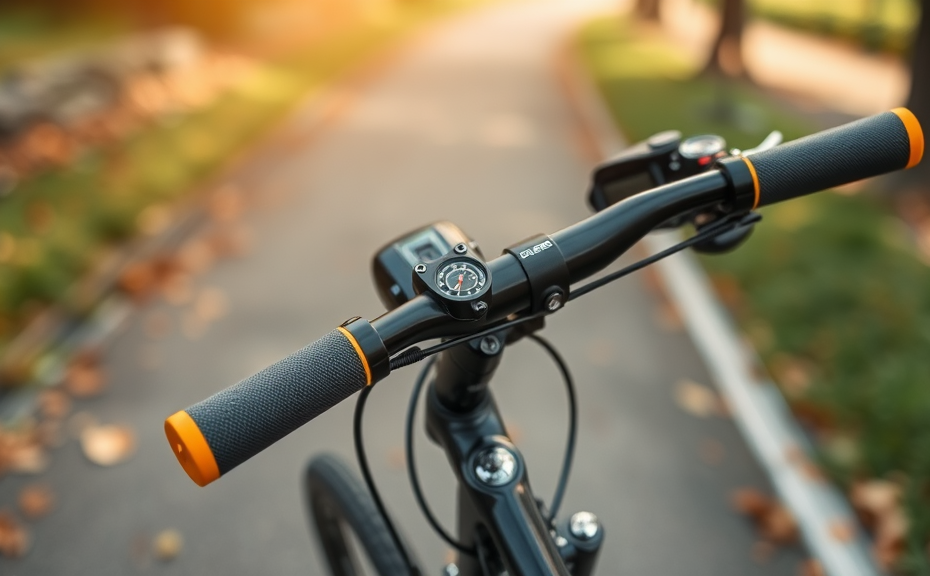Ergonomic cycle grips are essential components for any cycling enthusiast looking to enhance comfort and control during rides. Designed to fit the natural contours of your hands, these grips can significantly reduce hand fatigue and improve overall cycling performance. When selecting ergonomic cycle grips, it’s crucial to consider factors such as material, design, and padding.
One of the primary advantages of ergonomic cycle grips is their ability to distribute pressure evenly across the palm. This feature helps prevent numbness and soreness that often occur during long rides. Common materials used in these grips include rubber, foam, and gel, each offering unique benefits:
- Rubber: Durable and offers excellent traction
- Foam: Lightweight and absorbs vibrations well
- Gel: Provides superior cushioning for long-distance cycling
Additionally, ergonomic cycle grips often come in various shapes and sizes to accommodate different hand sizes and riding styles. For instance, some grips feature added contours or finger grooves, further enhancing grip stability. Riders should also consider grips with textured surfaces for improved handling, particularly in wet conditions.
Installing ergonomic cycle grips is a straightforward process that can be done with minimal tools. Most grips simply slide onto the bike’s handlebars, but ensuring proper fit is essential for optimal performance. Once installed, avid cyclists will find that these grips dramatically enhance their experience, allowing for longer rides without the discomfort typically associated with standard grips.
In conclusion, investing in high-quality ergonomic cycle grips is a smart choice for cyclists aiming to maximize their performance and comfort. With the right grips, riders can focus more on the path ahead, leaving behind any discomfort that might otherwise detract from their cycling adventures.
